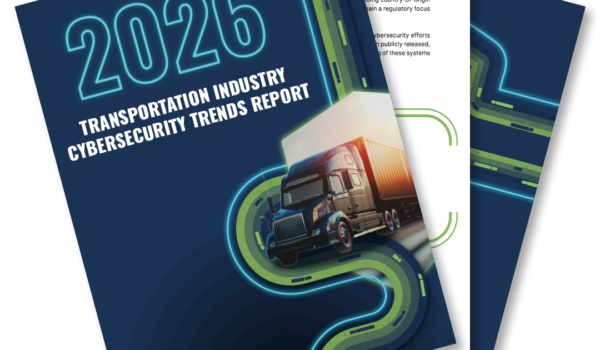Anyone who has crossed a border between countries knows the process can go smoothly—or it can be a nightmare.
We want all carriers to have smooth experiences at the Canadian border, so we’d like to share three things that are important for you to know when crossing:
1. Carriers must have a Standard Carrier Alpha Code (SCAC®). The National Motor Freight Traffic Association, Inc. (NMFTA)™ assigns these codes, which are required by U.S. Customs and Border Protection to be used with three of their automated systems. They are the Automated Commercial Environment (ACE) and Pre-Arrival Processing System (PAPS).
The ACE is the system through which the trade community reports imports and exports. The government uses ACE to determine what is admissible to enter the country. The ACE is an electronic information transmission system through which those making air and ocean shipments must file detailed information about the cargo.
The Pre-Arrival Processing System (PAPS) is the default shipment type for commercial goods entering the United States by truck, so any goods transported to the United States by a highway carrier must clear under PAPS unless they qualify for another shipment type or other exemption. PAPS assigns a shipment control number, which the carrier assigns to shipments that require pre-arrival clearance. A PAPS number must begin with the carrier’s SCAC, so without a SCAC, carriers will not be able to bring in PAPS-type goods.
2. When entering into Canada, carriers must have a code through the Pre-Arrival Review System (PARS). PARS is a Canadian shipment type for goods to clear through the Commercial Border Services Agency, and on an ACI eManifest. Any goods transported into Canada by a highway carrier must clear under a PARS unless they qualify for another shipment type or other exemption.
PARS depends on the use of PARS numbers, a type of Cargo Control Number that the carrier designates for pre-arrival usage. Usually this is done by having PARS stickers printed in sequence in order to physically ensure that any given number cannot be reused by mistake.
3. NMFTA can provide both PAPS and PARS bar code labels. Any carrier planning to enter commercially into the United States or into Canada should contact us to get bar code labels—for PAPS if entering the U.S., and for PARS if entering Canada. Carriers do need to understand, though, that while we assign the SCAC codes used with PAPS, the CBSA assigns the codes used with PARS.
PAPS barcode labels will reference your four-letter SCAC along with a series of unique numbers the carrier can select. For example, if the SCAC code is ABCD and the carrier selects 123456, then the barcode labels will display ABCD123456.
Similarly, PARS barcode labels will reference the carrier code (which consists of letters and numbers) along with a series of unique numbers that the carrier is able to select.
There are also some specific requirements for carriers who are entering ports. When we hear from carriers that they are going to enter a U.S. port, we connect them to eModal.com to ensure they have the information they need.
Through eModal, trucking companies can set up pre-gate appointments by providing the terminal or port with the information they need prior to the truck arriving at the port. That makes it possible for the driver to enter the gate or terminal.
The eModal platform also facilitates things like the payment of export fees.
At NMFTA, we and our partners know the ropes. Please don’t hesitate to contact us at customerservice@nmfta.org before crossing the border for any and all assistance.






